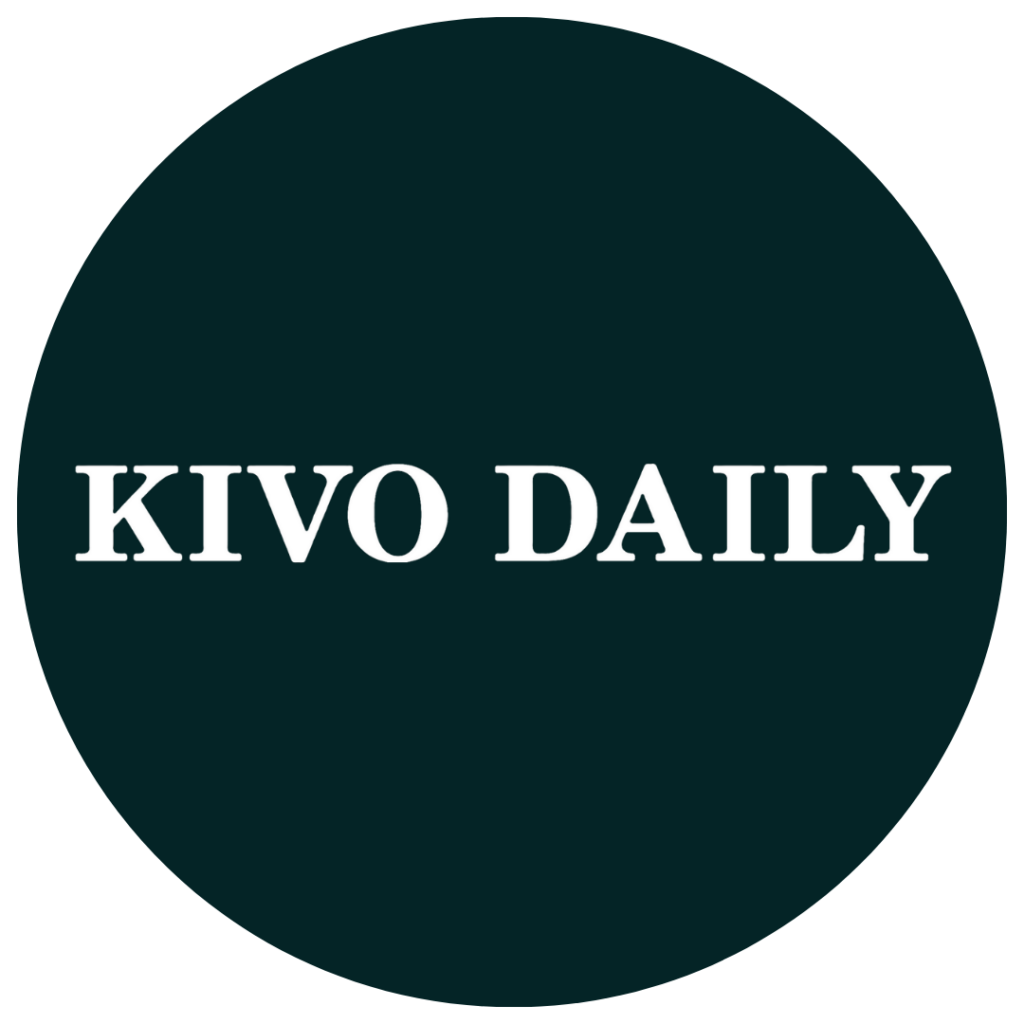Guerrilla marketing has become a go-to strategy for brands looking to make a bold impression without relying on traditional advertising budgets. By using unconventional tactics, companies can spark curiosity, drive engagement, and build visibility in ways that feel fresh and unexpected. Whether it’s a sidewalk installation, a pop-up experience, or a viral moment, guerrilla marketing thrives on creativity and timing.
The term refers to low-cost, high-impact campaigns that often take place in public spaces or digital environments. These tactics are designed to surprise, entertain, or provoke thought, ideally leading to organic sharing and word-of-mouth buzz. For startups and challenger brands, guerrilla marketing offers a way to compete with larger players by focusing on originality rather than scale.
What Guerrilla Marketing Looks Like in Practice
Guerrilla marketing isn’t about being loud, it’s about being smart. A well-executed campaign starts with understanding the audience and identifying where they spend time. For example, Glossier once used branded stickers and mirror decals in high-traffic areas to spark conversation around its product launches. The campaign was simple but effective, blending aesthetic appeal with social media shareability.
Another example comes from IKEA, which transformed a Paris subway station into a fully furnished living room. Commuters could interact with the furniture, take photos, and experience the brand in a tactile way. This kind of immersive activation turns everyday spaces into marketing platforms, creating memorable experiences that extend beyond the moment.
Some brands use guerrilla marketing to tap into emotional storytelling. By aligning campaigns with shared values or cultural moments, they create deeper resonance. This approach often overlaps with emotional branding techniques that focus on mood, tone, and audience sentiment.
Low-Cost Tactics That Drive Engagement
One of the appeals of guerrilla marketing is its affordability. Unlike traditional media buys, these tactics rely on creativity rather than cash. Chalk art, sticker drops, and interactive posters are examples of low-cost tools that can be deployed quickly and adjusted based on response.
Digital extensions can amplify these efforts. A street-level campaign might include QR codes that lead to exclusive content or limited-time offers. Social media hashtags can encourage user-generated content, turning participants into brand advocates. These tactics work best when they’re easy to engage with and offer something meaningful in return.
Brands sometimes use guerrilla marketing to test new ideas before scaling. A small activation in one neighborhood can reveal how people respond, helping marketers refine messaging or design. This iterative approach supports experimentation without committing to large investments upfront.
Ethical Considerations in Guerrilla Marketing
While guerrilla marketing thrives on surprise, it also requires responsibility. Campaigns should respect public spaces, avoid misleading messages, and consider the impact on local communities. Ethical marketing practices are especially important when working in shared environments or addressing sensitive topics.
Transparency and consent matter. If a campaign involves filming or collecting data, participants should be informed. If installations are placed in public areas, they should be safe and removable. These principles align with broader conversations around ethical marketing in modern business, which emphasize trust and accountability.
Brands that ignore these considerations risk backlash or legal issues. Guerrilla marketing should never feel invasive or exploitative. Instead, it should invite curiosity, spark dialogue, and leave people feeling intrigued rather than interrupted.
Guerrilla Marketing Success
Several brands have used guerrilla marketing to build visibility and engagement in memorable ways. Coca-Cola’s “Happiness Machine” campaign placed vending machines in public spaces that dispensed unexpected gifts, flowers, pizza, or extra bottles, delighting passersby and generating viral content.
In the fashion world, Diesel launched a fake store called “Deisel” in NYC’s SoHo district, selling authentic products under a misspelled name. The stunt played on brand perception and exclusivity, drawing crowds and media coverage while reinforcing Diesel’s irreverent identity.
Tech companies have also embraced guerrilla tactics. Dropbox famously used sidewalk chalk messages and guerrilla-style referral codes to grow its user base in early stages. These low-cost efforts complemented its digital strategy and helped build a loyal community.
Guerrilla marketing also shows up in event-based strategies. Brands may sponsor local festivals or create temporary installations that align with community themes. These efforts often build goodwill and position the brand as a creative contributor rather than a commercial presence.
Integrating Guerrilla Marketing with Broader Strategy
Guerrilla marketing works best when it complements other efforts. It’s not a replacement for digital campaigns, content strategy, or customer service, it’s a way to enhance visibility and spark engagement. When integrated thoughtfully, it can support brand storytelling and reinforce key messages.
For example, a guerrilla campaign might launch ahead of a product release, building anticipation and driving traffic to a landing page. It might also support a rebranding effort by introducing new visuals or tone in a public setting. The key is alignment, making sure the tactics reflect the brand’s values and goals.
Measurement is also important. While guerrilla marketing can be hard to quantify, tracking social media mentions, foot traffic, and engagement metrics can offer insights. These data points help assess impact and guide future campaigns.
Looking Ahead: Guerrilla Marketing in a Digital World
As digital platforms evolve, guerrilla marketing continues to adapt. Virtual activations, interactive content, and hybrid experiences are becoming more common. Brands are exploring ways to surprise and delight audiences online, using the same principles of creativity and interaction.
In-person tactics still matter, especially as people seek connection and novelty. Guerrilla marketing offers a way to break through digital fatigue and create moments that feel personal and unexpected. Whether through art, performance, or playful messaging, these tactics invite participation and spark conversation.
For marketers looking to boost brand visibility and engagement, guerrilla marketing remains a flexible and powerful tool. It rewards originality, encourages experimentation, and builds relationships through shared experience. With thoughtful planning and ethical execution, it can turn everyday spaces into platforms for connection and creativity.










